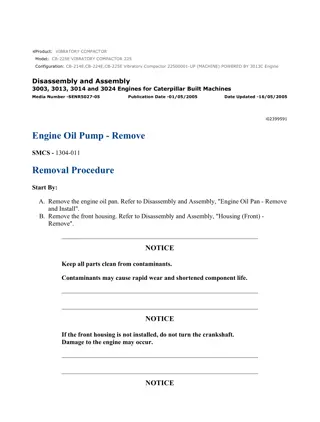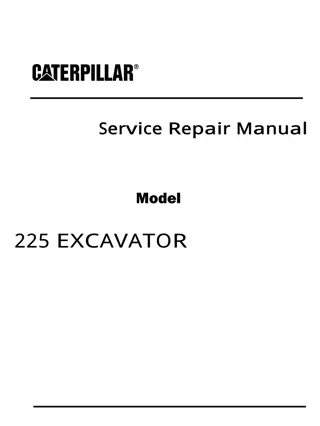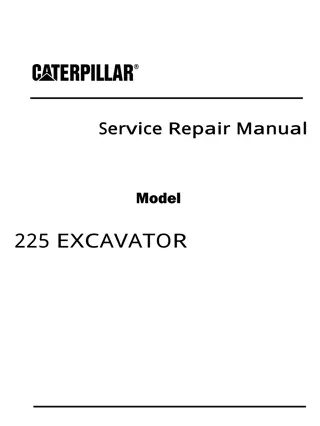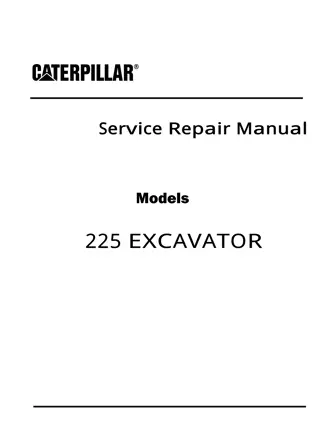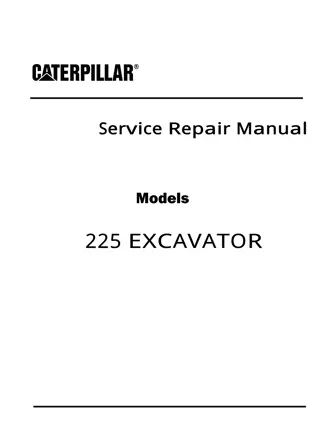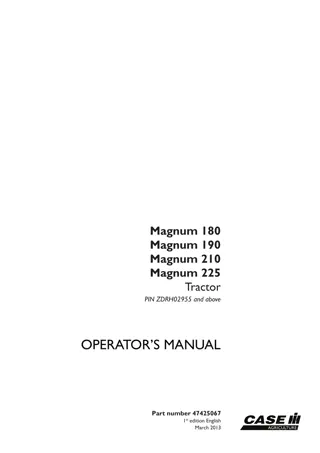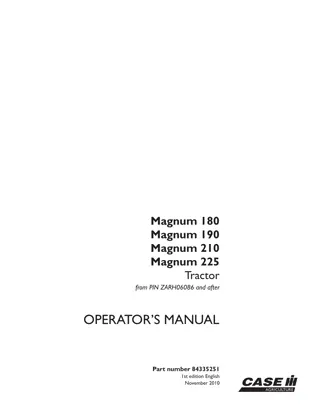
Oil Spill Cleanup and Bioremediation Methods
Learn about the bioremediation of hydrocarbons through the use of microorganisms and genetically engineered bacterial strains in oil spill cleanup. Discover methods involving bacterial mixtures and superbugs for efficient degradation of pollutants.
Download Presentation

Please find below an Image/Link to download the presentation.
The content on the website is provided AS IS for your information and personal use only. It may not be sold, licensed, or shared on other websites without obtaining consent from the author. If you encounter any issues during the download, it is possible that the publisher has removed the file from their server.
You are allowed to download the files provided on this website for personal or commercial use, subject to the condition that they are used lawfully. All files are the property of their respective owners.
The content on the website is provided AS IS for your information and personal use only. It may not be sold, licensed, or shared on other websites without obtaining consent from the author.
E N D
Presentation Transcript
OIL SPILL CLEANUP & BIOLEACHING III B.Sc., Biochemistry Basic Biotechnology Code 16SMBEBC3 Unit V Dr.S.Maneemegalai Assistant Professor & Head Department of Biochemistry Government Arts and Science College (Women) Orathanadu 614 625 Thanjavur Dt
BIOREMEDIATION OF HYDROCARBONS (OR) OIL SPILL CLEAN UP Oil is insoluble in water and less dense. It floats on the surface of water and forms slicks. Accidental leakage of oils (hydrocarbons) from ships or release of oil in sea during war takes place. The presence of oil in water bodies causes environmental pollution for fishes and other living organisms and also birds. Cost of cleaning up the polluted water is very high.
ROLE OF MICROORGANISMS There are some microorganisms which can grow in the toxic environment and capable of degrading hydrocarbon (petroleum). They are Pseudomonads Corynebacteria Mycobacteria some yeasts
DEGRADATION METHODS By using two methods 1. Using mixture of bacteria 2. Genetically engineered microbial strains
MIXTURE OF BACTERIA Many number of bacteria lies in interface of oil droplets and water. Each bacteria utilizes very limited range of hydrocarbons. By human intervention with carefully selecting a mixture of bacteria and with the addition of inorganic nutrients like phosphorous and nitrogen, the cleaning up process is accelerated. Mixture of Bacillus Bacillus circulans circulans and fungus the process. and fungus speed up
GENETICALLY ENGINEERED BACTERIAL STRAIN Genetically modified Pseudomonas called super bug super bug was used. It was obtained by Indian born American Scientist Anand Mohan Chakrabarty. The modified strain contains XYL, NAH, CAM and OCT plasmids and can grow rapidly on crude oil and metabolize hydrocarbons rapidly. Pseudomonas putida putida
PROCESS OF CLEAN UP OCT plasmid degrades octane, hexane and decane XYL plasmid degrades xylene and toluene CAM plasmid degrades Camphor NAH plasmid degrades naphthalene. The superbug is mixed with straw and dried. The bacteria laden straw requirement. Wherever the presence of oil slick, it was spread over oil slick and the straw soaked oil was broken by the Pseudomonas putida and cleaned up. was stored till its genetically modified
BIOLEACHING Bioleaching is also called as Biomining and Microbial leaching. Biomining is the process of extracting or dissolving metals from ores (ore bearing rocks) with the help of microorganisms. Metals are extracted from large quantity of low grade ores generally discarded as waste using microorganisms economically.
MICROORGANISMS Important Microorganisms commonly used Thiobacillus thiooxidans Thiobacillus ferrooxidans Other microorganisms Thiobacillus prosperus Thiobacillus cuprinus Leptospirillum ferrooxidans Sulfobacillus thermosulfidooxidans Members Genus Bacillus Fungi: Members of Genera Aspergillum, Penicillium
MECHANISMS OF LEACHING 1. Direct Bacterial leaching 2. Indirect Bacterial leaching Direct Bacterial leaching: In this method there is a direct physical contact exists between bacterial cell and the mineral sulphide surface and the oxidation to sulphate takes place by enzymatic reactions. Generally bacteria attaches to specific sites of crystal imperfection on mineral surface. Eg., Pyrite is oxidized to Iron (III) sulphate by T.ferrooxidans 4FeS2+14O2+4H2O 4FeSO4+4H2SO4 4FeSO4+O2+2H2SO4 2Fe(SO4)3+2H2O
Non metal iron sulphides like Covellite (CuS), Chalcocite (Cu2S), Cobaltite (CoS), Molybdenite (MoS2), Galena (PbS), Sphalerite (ZnS) can also be oxidized by T.ferrooxidans MeS+2O2 MeSO4 MeS Metal sulphides
Indirect leaching In indirect bioleaching bacteria is not in direct contact with minerals but generate a lixiviant which chemically oxidizes the sulphide mineral. In acid solution this lixiviant is ferric iron. MeS + Fe(SO4)3 MeSO4+ 2FeSO4+ S The ferrous iron arising in the reaction is reoxidized to ferric iron and sulphur produced is oxidised to sulphuric acid by T. ferrooxidans, for this reaction the pH should be in the range of 2-3 (acidic pH). In this indirect leaching the bacteria have only catalytic function. 2S +3O2+2H2O 2H2SO4
Extraction of Uranium from ores is example for Indirect leaching. Where insoluble tetravalent Uranium is oxidized to water soluble hexavalent Uranium by T.ferrooxidans enzymatically and use some of the energy of this reaction for the assimilation of CO2. UIVO2+ Fe2(SO4)3 UVIO2SO4+ 2FeSO4
LEACHING PROCESS Bioleaching is used on an industrial scale for extraction of low grade ores having less than 0.5%w/w metal concentration. 5 methods of leaching process. 1. Dump leaching 2. Heap leaching 3.Insitu leaching 4. Under ground leaching 5.Tank leaching
DUMP LEACHING OR SLOPE LEACHING In dump leaching, the size of the dump varies; The ores used here may be in the range of several hundred thousand tons of ore. The top of the dump is sprinkled with water or acidified water or acid ferric sulphate solution containing inoculum. The percolated water is collected at the bottom. Before recirculation, the collected water is passed through an oxidation pond for the regeneration of bacteria and ferric iron.
HEAP LEACHING 12000 tons of finely ground ores are used. Here water is allowed to trickle through the heap and the seepage water is collected at the bottom. To supply sufficient amount of oxygen at the deeper portions of the heap, pipes are placed in strategic positions within the heaps during its construction.
Insitu Insitu leaching leaching Low grade ores or ore deposits that cannot be mined by conventional methods are done by insitu leaching. Surface blasting of rocks is carried out for easy passage of water. Solutions containing appropriate bacteria are injected into the bore holes. After sufficient time of reaction, the water is pumped out from the neighbouring wells.
UNDERGROUND LEACHING It is carriedout in abondoned mines. Unmined ores in side tunnels are sprinkled or washed under pressure. The water collects in deeper galleries are then pumped to a processing plant at the surface.
TANK LEACHING It is more expensive than other methods. The rate of metal extraction is much higher Eg., more than 80% of the total zinc was extracted from zinc sulphide concentrate.
FACTORS REQUIRED FOR BIOLEACHING Nutrients: Chemolitho autotrophic bacteria are used. It requires inorganic compounds for microbial growth along with iron and sulphur compounds. O2and CO2: Sufficient supply of O2is required. No need for additional CO2. pH: Optimum pH 2.0 2.5
Temperature: 28 30C For thermophilic bacteria higher temperature (50 - 80 C ) can be used. Mineral substrate: The rate of leaching depends on the total surface area of the substrate. Decrease in particle size increases surface area, so higher yield of metal can be obtained. Particle size of about 42 m is optimum.
Heavy metals: Leaching process will increase metal concentration. Thiobacilli have high tolerance to heavy metals. Tolerant organisms to metals should be selected.
BIOLEACHING OF COPPER Chalcopyrite, Covellite and Chalcocite are ores of copper used for extraction of copper. Copper leaching is carried out by heap leaching and Insitu leaching process The ore is dumped as large piles down a mountain side. Water containing T. ferrooxidans is sprinkled upon the ore. T. ferro oxidans oxidizes insoluble chalcopyrite (CuFeS2) to soluble copper sulphate (CuSO4). Sulphuric acid is the byproduct of this reaction maintains necessary acidic environment for the extraction.
Water collected at the bottom contains copper, is precipitated and water is recycled after adjusting the pH to 2 by sulphuric acid. It is an economical process. 5% of Worlds copper production is obtained via microbial leaching.
URANIUM LEACHING In situ bioleaching technique is employed for Uranium leaching. Indirect bacterial leaching is involved.The insoluble tetravalent uranium is oxidized to soluble hexavalent uraniumsulphate in the presence of hot sulphuric acid/ Fe3+solution. UO2+Fe2(SO4)3 UO2SO4+2FeSO4 Optimum temperature 45-50 C pH 1.5-3.5 CO2 0.2% of incoming air
In this process, T.ferrooxidans acts on iron oxidant and not directly on Uranium. It acts on Pyrite (FeS2) in Uranium ore and produces ferric sulphate and sulphuric acid. The soluble form of Uranium in leach liquor is extracted in organic solvents like trimethyl phosphate, precipitated and recovered.
GOLD AND SILVER LEACHING Heap leaching technology is used. Refractory sulphidic gold ore pyrite and arsenopyrite are used. In ores, gold is finely disseminated in the sulphide matrix. Biooxidation of sulphide matrix is carried out by T.ferrooxidans followed by extraction of gold by cyanide extraction method. Silver is readily solubilized during microbial leaching of iron sulphide.
NICKEL LEACHING Ore is Pentlandite (Fe,Ni)9S8 Mixed cultures of T.ferrooxidans, T. thiooxidans and L.ferrooxidans used for leaching nickel in a complex sulphide concentrate.
SILICA LEACHING Ores - Magnesite, bauxite, dolomite and basalt. Bacillus licheniformis is involved in the bioleaching of silica. Other microorganisms are Bacillus circulans , Bacillus mucilaginosus and Bacillus edaphics Silica is leached by adsorption on bacterial cell surface.
ADVANTAGES OF BIOLEACHING Simple process and cost effective. Recovers metals from low grade ores Used to concentrate metals from wastes and dilute mixtures Used to produce expensive metals Environment friendly Ideal for developing countries.
REFERENCES http://opensourceecology.org/w/images/4/43/Biomining_-Carmen_Tailings- Com.pdf Biomining: A Green Technology to Mine Valuable Metals Biomining Laboratory Department of Chemistry/ Biochemistry Laurentian University Sudbury, ON Canada Investigators: Dr. V. Appanna Joseph Lemire B.Sc., PhD Candidate Raven Hnatiuk Research Assistant Klaus Bosecker, 1997. Bioleaching : Metal solubilization by microorganisms. FEMS Microbiology Reviews, 20, 591-594. http://shodhganga.inflibnet.ac.in/bitstream/10603/116341/6/06_chapter%201.p df http://www.biologydiscussion.com/biotechnology/metal-biotechnology/methods-of- metal-recovery-by-microorganisms-2-methods/10446 https://www.911metallurgist.com/blog/gold-silver-leaching-cyanidation R.C.Dubey, 2002, A textbook of Biotechnology; S.Chand & Company Ltd, New Delhi https://biocyclopedia.com/index/biotechnology/genes_genetic_engineering/geneti c_engineering_for_human_welfare/biotech_abatement_of_pollution.php





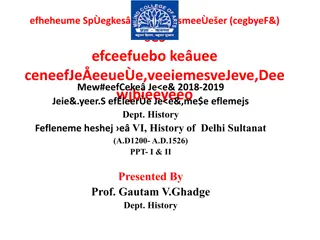



![CASE IH Magnum 225 250 280 310 335 Tractor Service Repair Manual Instant Download [Z8Rx06001 - ]](/thumb/264833/case-ih-magnum-225-250-280-310-335-tractor-service-repair-manual-instant-download-z8rx06001.jpg)
